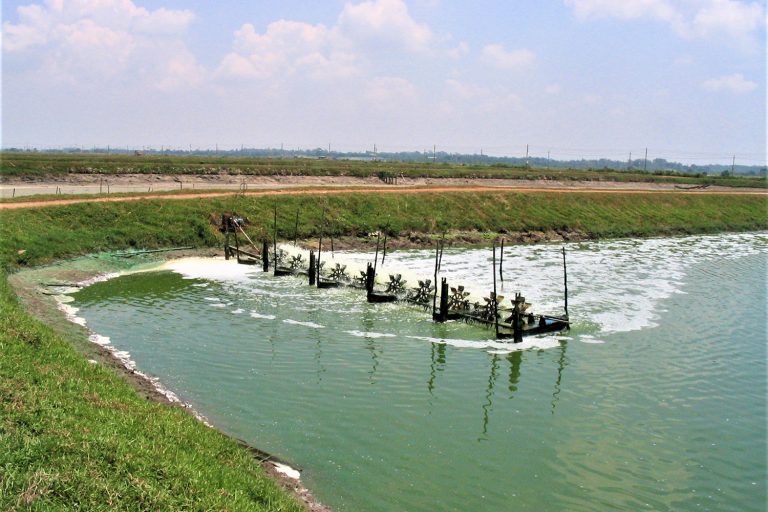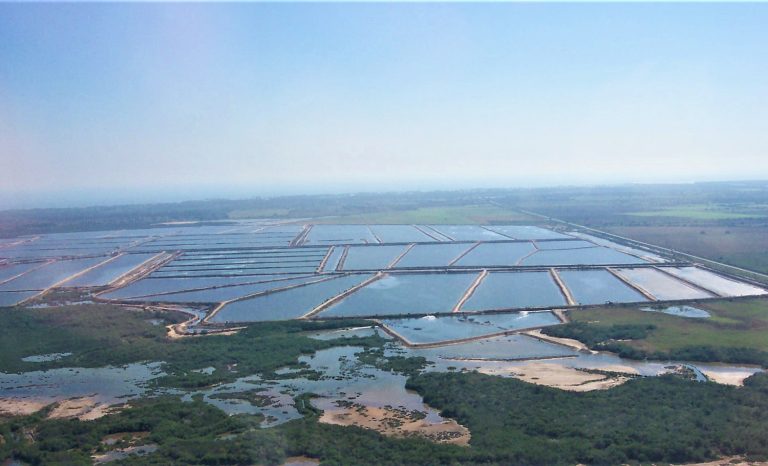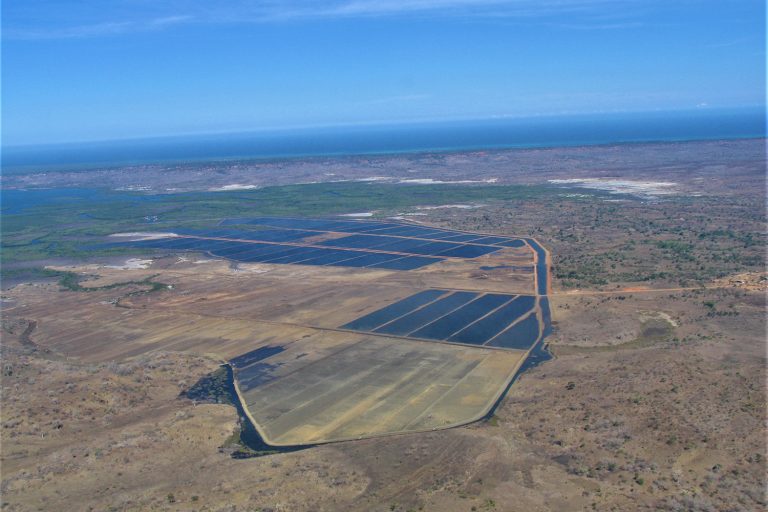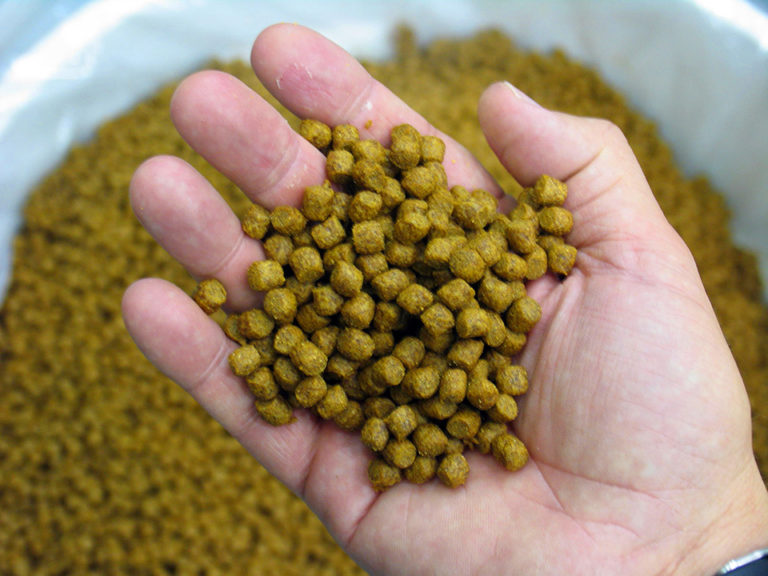
Responsibility
A comparison of resource use in shrimp farming, part 3: Energy
In part three of this series, the authors say lower energy use in shrimp farming requires producers to focus on water exchange and aeration.
Responsibility
En la tercera parte de esta serie, los autores dicen que un menor uso de energía en el cultivo de camarones requiere que los productores se concentren en el intercambio de agua y la aireación.

Responsibility
In part three of this series, the authors say lower energy use in shrimp farming requires producers to focus on water exchange and aeration.

Responsibility
En la segunda parte de esta serie, los autores sugieren pasos para reducir el potencial de contaminación del cultivo de camarones al prestar especial atención a los alimentos no consumidos.

Responsibility
El Prof. Boyd analiza el uso de la tierra en el cultivo de camarón en los cinco principales países exportadores de camarón cultivado: Ecuador, India, Indonesia, Tailandia y Vietnam.

Responsibility
In part two of this series, the authors suggest steps to reduce the pollution potential of shrimp farming by paying special attention to uneaten feed.

Responsibility
Prof. Boyd discusses land use in shrimp farming in the five major exporting countries of farmed shrimp: Ecuador, India, Indonesia, Thailand and Vietnam.

Responsibility
In life cycle analysis of aquaculture, there is a danger of the entire array of embodied resources and impacts being assigned to the production facility. Producers have no control over the inefficiencies or impacts associated with feed production, but can help lessen resource use through good management practices.